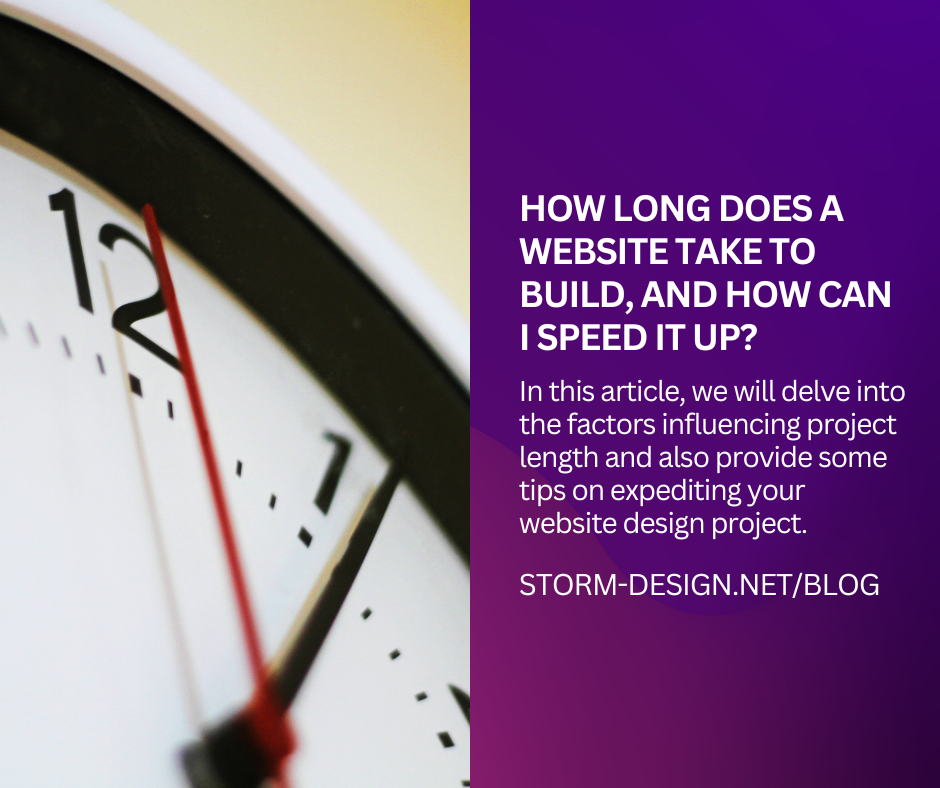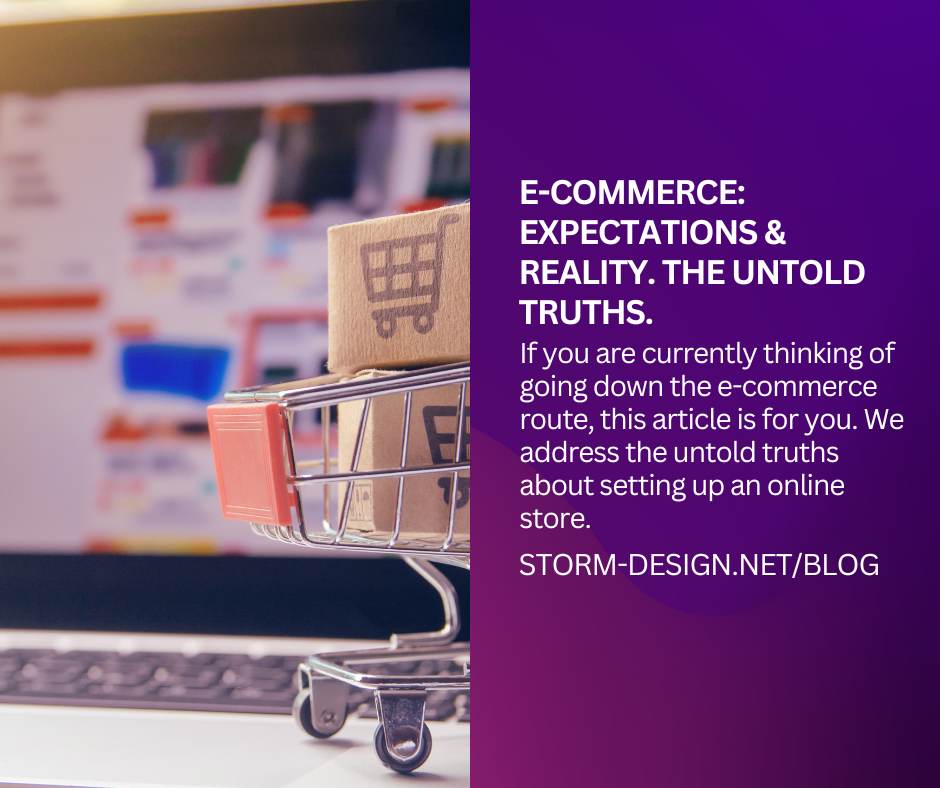How long does a website take to build, and how can I speed it up?

When a business decides to take the plunge and invest in the design of a new website, or re-design their existing one, it’s understandable to desire quick results. However, when it comes to website design, patience and proper groundwork are essential. In this article, we will delve into the factors influencing project length and also […]
E-commerce: Expectations & Reality. The Untold Truths.

E-commerce, is not a ‘new’ thing, and not even a ‘trend’ any more. It may be so for some companies here in Malta as some did come in late to the game, but in reality, e-commerce is now a must. The share of consumers that switched to buying online is now in the range of […]
Make Bad Reviews Positive for Your Business
No matter how hard you work or how well you deliver a service or product, bad reviews will happen from time to time. We’re only human after all, and we do make mistakes. Sometimes, it could be also that your customer or client is a tad highly strung, i.e. unreasonable or simply having a really […]
Our tips on your Online Marketing vs Covid-19
Here is a short, no frills guide to what we believe is a good marketing strategy to maintain during this time of uncertainty. While some businesses who cater for essential needs have seen massive increases in sales, especially since the government-imposed closures, most other businesses are seeing aggressive drops. This is a very normal trend […]
8 stats that online shop owners should be monitoring.
NEW: If you would like to read this post’s highlights as a WEB STORY, please click here. One of the biggest advantages of doing things on the web vs real life is that on the web, many things are trackable. This gives you the advantage that you can take certain decisions based off data, and […]
4 elements to take your business branding to the next level
Branding is important to all businesses whether a startup or corporate giant. The fact is the earlier you define your value proposition, brand values and define your business feel in terms of logos and web design, the sooner you will establish your business, and start to generate new and repeat business. With this in mind […]
4 ways your website is letting your business down
When your business website is built well it is a valuable business tool. It generates leads and sales, offers a good user experience, and is a good representation of your brand and its values. If you feel your site is underperforming it could be due to a variety of reasons… but we have highlighted below […]
What is a web design brief? What should be in it? Here are 9 tips.
Web design briefs are crucial to the success of your future business website. The better more accurate the brief, the better your website will be built to deliver the results that you need. It really is as simple as that. In this post we look at the elements of a web design brief that should […]
My website is now live… but how do I promote it?
There can be no mistaking the buzz and excitement when you see your business website go live. It represents the fusion of creativity, ideas, business messaging, branding, and hard work to make your site a valuable business tool. You have every right to be proud. After you crack open the champagne and enjoy a well-earned […]
Are Online Logo Makers Worth it?
As a start-up or an established business undergoing a rebrand, you may be tempted to look into an online logo maker rather than seek out professional services to design your logo. The idea of an online logo maker is that you can easily and simply create logos for your business and brand. They model themselves […]